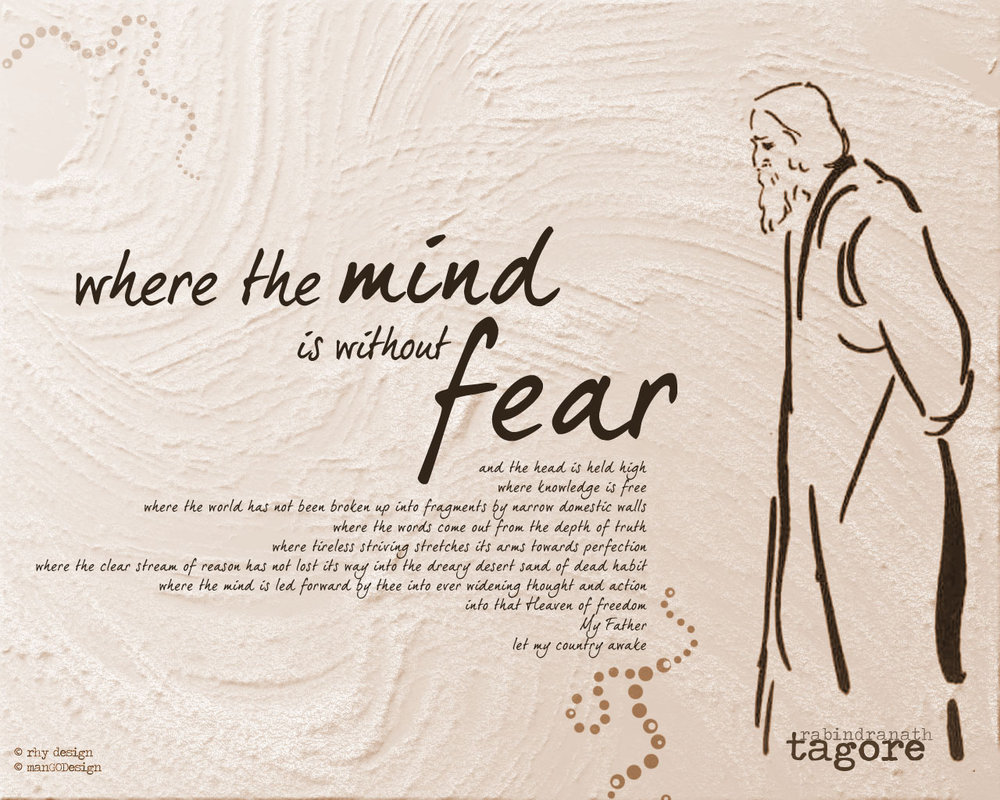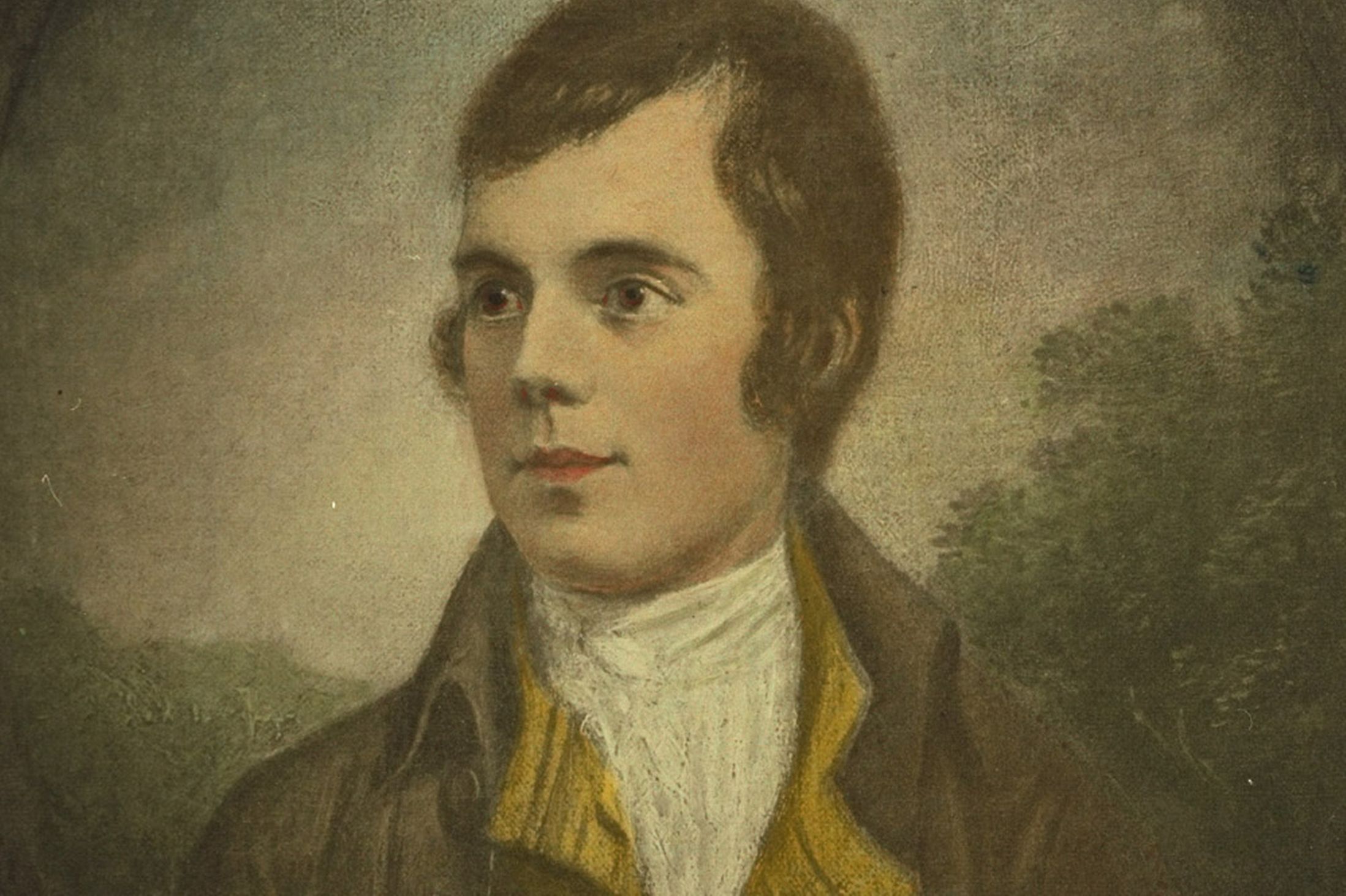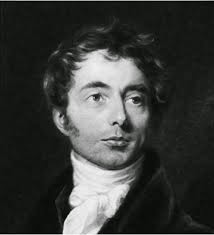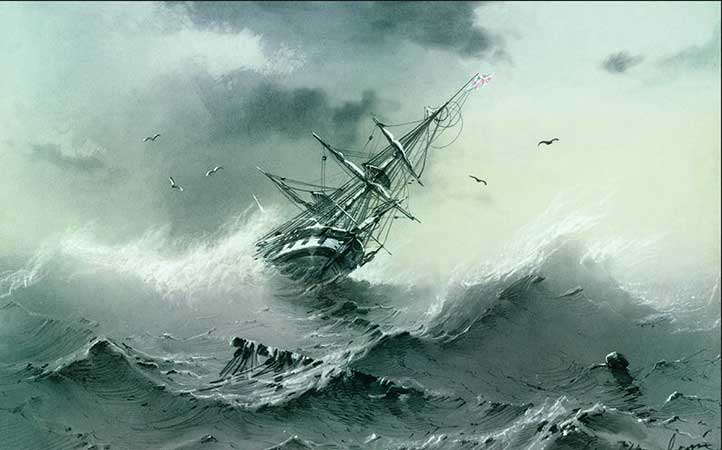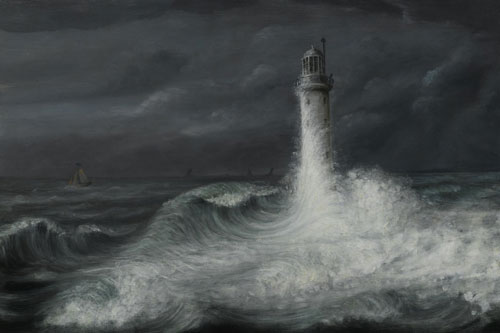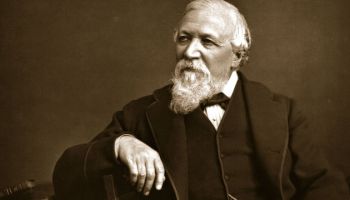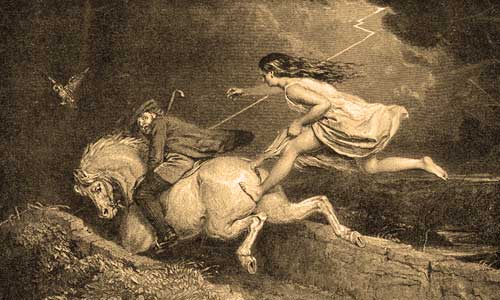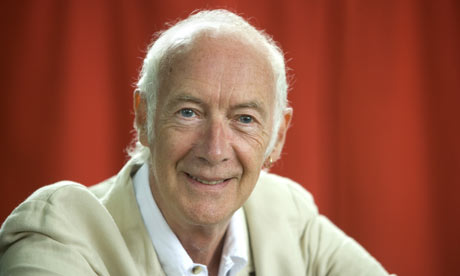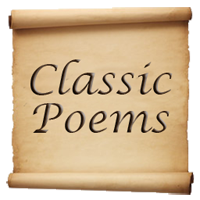About the Poet:
Robert Burns was a Scottish poet and lyricist. He is generally thought to be the national poet of Scotland because he is the most widely read among all poets who have written in the Scots language. Burns has also written in English and a light Scots dialect so that his poetry would be understood by an audience beyond Scotland as well. He has even written in standard English.
The volume of works by Burns which came to be known as Poems, Chiefly in the Scottish Dialect came out in 1786. Also called the Kilmarnock volume, it contained much of his best writing.
In 1791, Burns was requested to write lyrics for The Melodies of Scotland, and he responded by contributing over 100 songs. He made a lot of contributions to George Thomson‘s A Select Collection of Original Scottish Airs for the Voice and also to James Johnson’s Scots Musical Museum.
In addition to making original compositions, Burns also collected folk songs from across Scotland, often revising or adapting them. While “Scots Wha Hae” has often served as an unofficial national anthem of the country, “Auld Lang Syne” is famous as a song of farewell.
About Sweet Afton:
“Sweet Afton” is a poem about the Afton Water in Ayrshire, Scotland. The poem is made up of 6 stanzas. Each of these stanzas is again made up of 4 lines. Hence, the entire poem consists of 24 lines in total. This poem is written in the 1st person. Hence, we can assume that the speaker of this poem is the poet himself.
Summary of Sweet Afton:
Stanza 1:
In this stanza, the poet speaks directly to the Afton Water and asks it to flow leisurely through the tree-covered hills that surround it. He also says that he will praise the Afton Water in a song, presumably the one we are reading right now. The poet then turns his attention to his beloved, who is named Mary and who has fallen asleep on the banks of the Afton. So he asks the Afton to flow quietly and not make a sound so that his beloved may continue to dream without being woken up.
Stanza 2:
In this stanza, the poet speaks to the various birds that are to be found in the vicinity of the Afton Water. He speaks first to the dove whose voice can be heard echoing throughout the valley in which the Afton is located. He then speaks to the blackbirds that whistle as they nestle among thorny briars. Lastly, he speaks to the lapwing whose high-pitched sound seems to him like a scream. All these birds are liable to wake up his beloved and so he asks them to stop making so much noise.
Stanza 3:
In this stanza, the poet speaks again to the Afton Water. He tells the Afton that its surrounding hills are very high. He also says that the stream winds through those hills in a distinctly marked course. The poet walks about that region when the sun rises high in the sky at noon time in order to keep a watch over his flock of sheep as well as the cottage in which his beloved Mary lives.
Stanza 4:
In this stanza, the poet shows his appreciation for the beauty of the region around the Afton Water. He says that the banks of the Afton and the valley surrounding it are soothing for the human senses. The valley is not bare though. It is covered with luxurious woods where wild flowers such as the primrose abound. The poet then describes how he and his beloved often spend their evenings over there with the birch tree providing them with shade and filling the environment with a lovely aroma.
Stanza 5:
In this stanza, the poet talks about how the water of the Afton looks like a crystal when the sunlight falls on it. That same water moves gently and flows by the cottage in which Mary lives. Sometimes Mary goes to gather clusters of flowers from the banks of the Afton Water, and at such times, her feet tend to obstruct the flow of the water. But the water just playfully washes her feet. The sight of this delights the poet.
Stanza 6:
This stanza is almost entirely similar to the first stanza. Here the poet asks the Afton Water to flow lazily and clearly says that this river itself is the subject of his poem. He ends the poem with the earnest request that the Afton Water flows soundlessly so as not to wake his beloved Mary from the dream she must be having as she is lying asleep.
Critical Analysis of Sweet Afton:
This analysis of Robert Burns’ “Sweet Afton” is divided into three sections – context, rhyme scheme and rhetorical devices, and themes.
The Context of Sweet Afton:
This poem was probably written by Robert Burns in 1789. That year, 0n 5th February, the poet is said to have sent a copy of this poem to Mrs. Dunlop with the comment, “There is a small river, Afton, that falls into the Nith, near New Cumnock which has some charming, wild, romantic scenery on its banks”. However, it was only set to music in 1837 by Jonathan E. Spilman, under the title “Flow gently, sweet Afton”.
This poem is also often sung to the tune of the popular Christmas carol “Away in a Manger”.
Rhyme Scheme and Rhetorical Devices of Sweet Afton:
Each of the stanzas in this poem is composed of two pairs of rhyming couplets. Therefore, the rhyme scheme of each stanza is AABB.
Throughout this poem, the poet uses the device of an apostrophe. This rhetorical device is used when a poet addresses his or her poem to an absent or silent audience. Here the poet speaks directly to the Afton Water, as well as to the noisy birds found in its vicinity, but we never see them responding to him at any point of time in the poem.
In line 3 of the 1st stanza, the poet uses the device of onomatopoeia. This rhetorical device is used when a word is used to describe a sound. Here the poet uses the word “murmuring” to describe the sound made by the river as it flows along the hills and the valleys of New Cumnock.
In line 4 of the 2nd stanza, the poet uses the device of metonymy. This rhetorical device consists of the substitution of the name of an attribute or adjunct for that of the thing meant. Here the poet uses the word “fair” to refer to his beloved Mary. He again uses the device of metonymy in line 3 of the 3rd stanza when he writes the word “noon” to refer to the sun that rises high in the sky at noon time.
In line 1 of the 5th stanza, the poet uses the device of metaphor. This rhetorical device is used when a covert comparison is made between two different things or ideas. Here the poet compares the Afton Water to a crystal since they both sparkle under sunlight. The poet again uses this device in line 3 of the same stanza when he compares Mary’s white feet with snow.
Themes of Sweet Afton:
“Sweet Afton” as a pastoral poem:
A pastoral poem is one with a simple rhyme scheme on the subject of shepherds and the countryside. “Sweet Afton” is such a poem. It is composed entirely of rhyming couplets. It is also evident that the speaker of the poem is a shepherd because he says in the 3rd stanza that he wanders around the valleys below the Afton Water tending to his flock of sheep. He speaks of a simple life spent with his beloved in the lap of nature, and away from the hustle and bustle of the city. Burns would often focus on such characters in his poetry. He was a chronicler of the common people of his native Scotland. As a pre-Romantic, he also preferred the natural world to the court and the city, both of which featured prominently in the poets of the preceding Augustan era.
Identity of Mary:
There has been a certain amount of controversy regarding who the Mary is that this poem refers to. Two different opinions on the matter have been offered by Dr. Currie, Burns first biographer, and by Gilbert Burns, the poet’s brother. Dr. Currie says that this poem’s Mary is actually Mrs. Stewart, formerly Lady Stair, a benefactress who was very fond of Burns’ poetry. If that is the case, then Burns is imagining the proprietress of a large estate, as a simple cottage maiden, and himself as her lover. Gilbert Burns, on the other hand, says that the Mary in “Sweet Afton” is Mary Campbell, a lover of Robert Burns in real life, who passed away at a young age. A little over a year after her death, he had become involved with the infamous Clarinda. Perhaps his first biographer merely wanted to cover up his still-present passion for a former flame by providing an alternate explanation of Mary’s identity. However, none of this can be confirmed without doubt.
Some online learning platforms provide certifications, while others are designed to simply grow your skills in your personal and professional life. Including Masterclass and Coursera, here are our recommendations for the best online learning platforms you can sign up for today.
The 7 Best Online Learning Platforms of 2022
- Best Overall: Coursera
- Best for Niche Topics: Udemy
- Best for Creative Fields: Skillshare
- Best for Celebrity Lessons: MasterClass
- Best for STEM: EdX
- Best for Career Building: Udacity
- Best for Data Learning: Pluralsight
